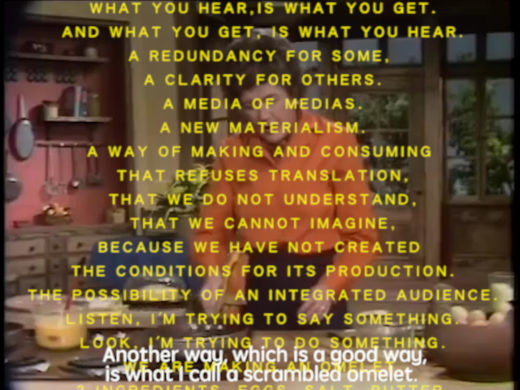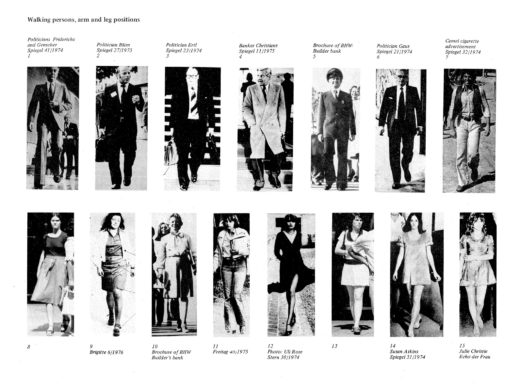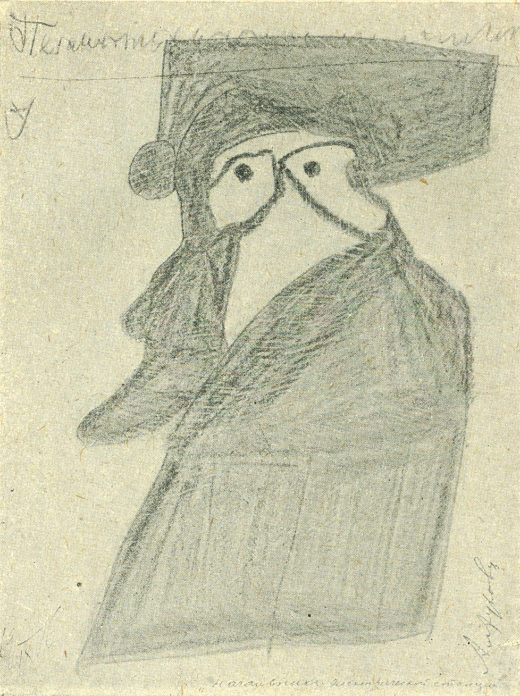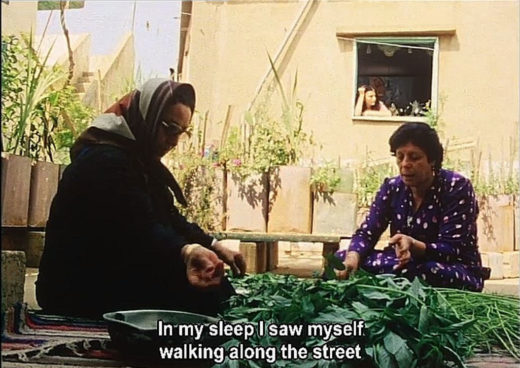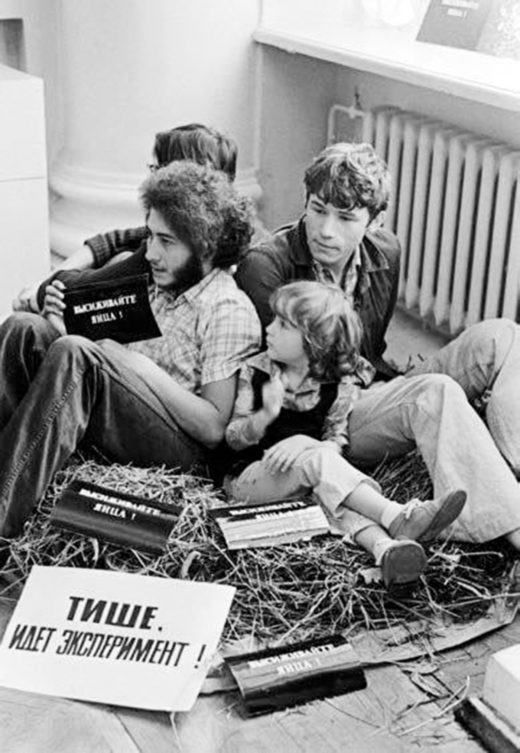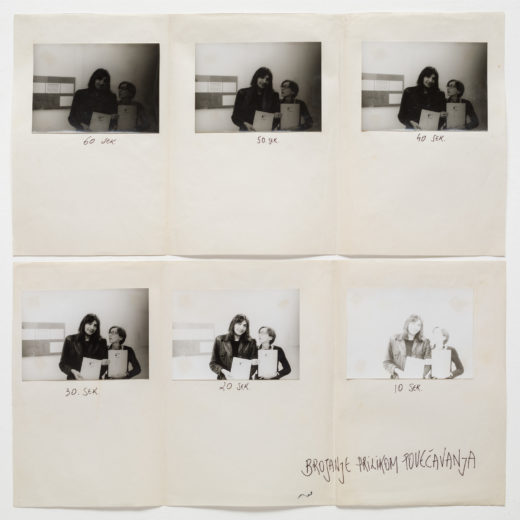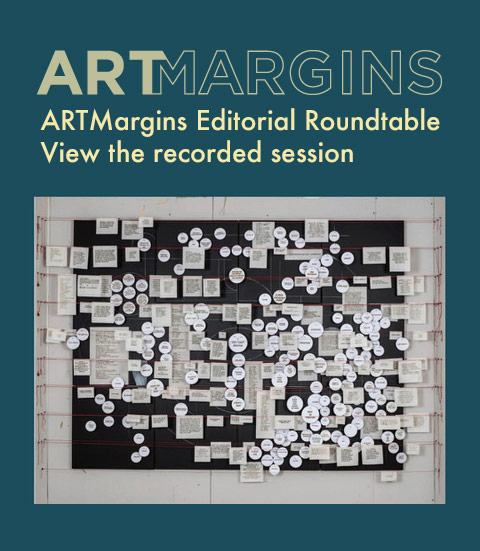The Heresy of Didactic Art
Note: This double issue of ARTMargins consists of two sections. First comes a special issue, edited by Sven Spieker and Tom Holert (“The Heresy of Didactic Art”), followed by a section where we offer four new research articles on topics aligned with other editorial priorities (pp. 126-225).
ARTMargins, Volume 11, Issue 1-2, pp. 3-9.
doi:10.1162/artm_e_00312
https://direct.mit.edu/artm/article/11/1-2/3/111799/The-Heresy-of-Didactic-Art

